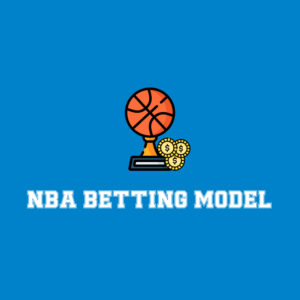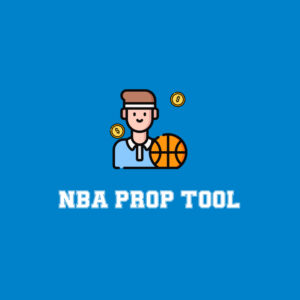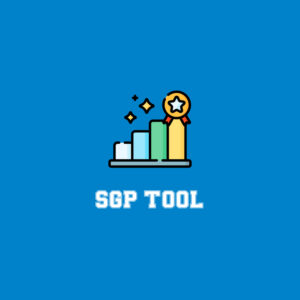
Greetings and salutations to all my boomsday preppers out there, and welcome back to FTN Fantasy. I’m burning the candle on both ends to bring you these exclusive multimedia positional breakdowns and I couldn’t be happier.
I hope you’re ready to dive right into the hot corner as we break down the top tier landscape at third base. As always, once we’ve covered the top players we’ll be hopping on over to the Corked Stats Podcast on the FTN Network for the deeper, the sleepers and those ADP creepers. A good friend of mine in the industry called my show the Mad Money of MLB, and I’ve embraced it proudly.
(Check out the other positions so far: first base | second base | shortstop)
Before I began any intricate third base analysis this offseason, I assumed it was fairly deep and the smarter money would be drafting third basemen late. My gut was telling me the position is pretty stacked, and outside of a real value or two early to keep my eyes downrange. I’m curious to see if and how my opinions may change (always be malleable!) as we work toward optimizing your returns on draft capital. Remember, all this hard work will be worth it when you’re drinking from the proverbial gem-encrusted goblet filled with your loser friends’ tears. Going to DisneyWorld on their dime after you’re done doesn’t hurt either.
Tier 1
José Ramírez, CLE, 3B1 (ADP 11)
Manny Machado, SDP, 3B2 (ADP 24)
It’s unlike me, but I guess somewhat fitting after the year we’ve had, to lead off my work with a stark contradiction. Right after I told you the sharp money is preparing to punt 3B, I’m also telling you to draft one in the first round. Ramírez’s unique offerings make him an exception to my assertion regarding positional depth, especially in roto (more specifically with an overall component due to categorical scarcity). In the ever-changing world of fantasy baseball, steals are currently worth their weight in gold and markedly more when they come without other massive sacrifices. Ramírez leads all other third basemen in steals by orders of magnitude over the past three years, but that’s not all. The five-category balance puts him in a different class. His last 1,500-PA sample came with elite discipline (0.5% K-BB%, 5.3% swinging strike, 24.3% chase percentage), positive elevation metrics (32.7% ground ball percentage, 47.0% fly ball percentage) and power (79 HRs, 114.3 max exit velocity, 135 wRC+). Only three other 3Bs project a return over $22, and No. 5 on th list is all the way down at $17.50. The BatX projection (.270/32/23/98/91) checks every box with legitimate space for even higher HR and SB totals. If you find yourself in the back half of the first round in category formats, draft Ramírez without regret; he has a pathway to the top overall player. Even when considering his top-end value is predicated on speed, I’m still drafting Ramírez early in point and best ball leagues. His patience and selectivity at the plate routinely translate into a high OBP, which helped him finish as a top-six overall player in 2020 NFBC best ball formats.
Machado finds himself flying up draft boards after a superb season with the Padres, and I find myself torn. There’s no doubting the context or the skills; he’s a great hitter in a great lineup that you can set your watch to. Machado has started 98% of the 546 games played since 2017, no easy feat. My only problem moving forward with Machado in the second round of roto leagues centers around steals, and mainly arises depending on the prior selection. If you drafted a balanced hitter in the first round with a solid floor for speed, I think you can draft Machado without reservation. However, if you went with starting pitching or power first (Mike Trout or Juan Soto, for example), I wouldn’t go back to that well in the hope of getting more than a dozen SBs. Machado could easily end up north of his 11 projected swipes, but we’d be failing in our duties if we ignore the potential for reversion. In his lengthy 5,000-PA career sample, he has averaged only 7.7 steals per 600 plate appearances, and this includes a 20-steal season that came out of nowhere back in 2015. Another possible red flag in paying the premium for a career hitting profile I do like (8.9% K-BB%, .366 xwOBA) is the dip in batting average we’ve seen on two occasions that coincided with suppressed line drive percentage. It’s this combination within a realistic range of outcomes that has me more off than on regarding Machado at the cost. The shares I do have of Machado so far this season are in point or best ball style contests where the steals aren’t so disproportionately weighed. He’s going to produce in the center of a diesel lineup, and drafting him will never hurt you in these types of leagues.
Tier 2
Nolan Arenado, STL, 3B3 (ADP 35)
Rafael Devers, BOS, 3B5 (ADP 43)
Anthony Rendon, LAA, 3B4 (ADP 44)
Alex Bregman, HOU, 3B6 (ADP 48)
As analysts and high-stakes fantasy baseball players, we’ve been staked with a tall task: Forecasting Arenado’s output given some surrounding circumstances. There’s the obvious irregular transition from 2020, but we must also account for the single most determinative scenery change in all of professional sports. My gut reaction is a hearty “thanks, but no thanks.” Arenado is an excellent hitter and as consistent as they come, but what can we expect after the move from Denver to St. Louis? We’ve seen players like DJ LeMahieu leave Colorado and excel (though it was notably to a tailor-made fit for his swing in the Bronx). We’ve also heard players say the hangover from constant shifts in altitude affected them more than anything. Moving to a much more pitcher-friendly park isn’t my only (or even most serious) concern. Arenado suffered from a nagging shoulder injury that he tried to play through until eventually ending up on the shelf for good in September. His batting average held up, but the power appeared to have been totally sapped, as he hit only one HR in his last 31 games played (that was a monster blast off Mike Clevinger away from Coors, for what it’s worth). 2020 saw career lows in critical power-related categories like line drive percentage, hard hit percentage, barrel percentage and max exit velocity. At the price, I personally would want either the comfort of Coors or the certainty of health before taking this plunge. Right now, we have neither. I advise considering how close to the $13 player projection (.263/33/2/86/96) you think he’ll be and then how difficult it is to replace that stat combo later on. I think before we leave here, you’ll see what I mean.
Still only 24, Devers isn’t making the challenges of this draft season any easier after his shortened 2020. Yes, we got counting stats (although zero steals), but some of the underlying stuff was suboptimal. When we pop the hood on those 2020 plate appearances, the engine’s looking a little rusty, to say the least. A monstrous five-category onslaught in 2019 left observers everywhere wondering if Devers would be a perennial MVP candidate going forward. What they got instead was myriad giant red flags. My major concern from the 35,000-foot perspective is the shift in peripherals, screaming that he sold out for power. Remember, Devers did produce in 2020. The problem for me at the cost entering 2021 is feeling so unsettled in more than one category. We now know that 248 PAs (his 2020 total) without a single swipe is in the range of outcomes, and we can’t rely on steals with any degree of certitude. The next question that naturally arises is whether we can then stomach the possibility of seeing the lowered batting average that generally comes with the conscious effort toward hitting HRs. My best evidence for this from 2020 is a combination of stats that pop off the page for me. Devers posted a clean sweep of career worsts on the Mount Rushmore of Plate Discipline (K%, BB%, chase percentage, in-zone contact percentage, swinging strike percentage) and combined it with career highs in all the major power metrics (HR/FB%, hard hit percentage, barrel percentage, max exit velocity). The FanGraphs auction calculator has Devers as the second-highest projected third basemen (.287/34/7/99/103), and I won’t deny that outcome’s somewhere in the cards — the talent and surrounding context are in place to make it a reality. However, if when presented with this hard fork you find yourself doubting the higher projections and more in line with the BatX (.274/32/6/92/93), then I think another avenue at 3B is your best bet.
I made sure to emphasize my uneasiness regarding Devers’ reliability in the speed department for a specific reason. If you have conceded the point those steals are already gone, then personally I’d rather have Rendon. Since I mentioned reliability, there’s nobody steadier than the man at the hot corner for the Angels. Every year since 2017, we’ve seen elite consistency: OPS over .909, wRC+ over 141, K% between 13.3%-13.6%, swinging strike rate between 5.3%-5.8%, ground ball percentage between 32.6%-35.4%, fly ball percentage between 43.6%-47.2%, in-zone contact percentage between 92.6%-93.7%. Considering the sheer number of variables in play, it’s really quite remarkable to witness a flattening of such potentially noisy results. If you’ve been following my work, then you know when given the choice at an equal cost I always want the superior hit tool with batting average upside. I believe more in process and approach than historical results to portend future output. Again I find myself aligned with the BatX (In case you missed it, I had the creator of this system on Corked Stats to talk about projections, stabilization and more: Corked Stats with Derek Carty). Rendon’s expected line reads .284/30/2/95/94. Rather than enter with multiple downside question marks as we experienced with Devers, the table here is set for the inverse. The historical output, skillset and surrounding talent pave the way to go higher in AVG, R, and RBIs (He had 243 combined runs and RBIs in 2019!). As much as I feel like I’m cheerleading here, I’m still realistically capping the power ceiling at 30 HRs. He’s only done it once before, and the spike happened on the back of consistent power numbers, including isolating exit velocity to only fly balls and line drives. My preferred pairing for Rendon is a first-round speedster like Fernando Tatis Jr. or Trea Turner and then a second-round ace (take your pick) to give you different options forward from there. Lastly, I think Rendon and his .400-plus OBP over 2,000 PAs are being criminally undervalued in best ball leagues.

Knock three times on the ceiling if you want him, tap twice on the trash can if the answer is no. Bregman comes into this seasoned stained by the cheating narrative, on top of poor performance during the sprint season. I know from the outset here I sound down on the 26-year-old former MVP, but I actually am not. In general, I only care about character as far as it affects playing time (sorry, not sorry). Many fantasy players do not share the sentiment, and that’s at least part of what we’re seeing here in terms of discount. This young man has already been a first-round fantasy pick, won an MVP, won a World Series, is healthy and is projected to rake atop a prolific scoring offense. He’s one of the four third basemen anticipated to return $20 per the Steamer auction calculator, and the one being drafted last for 2021. We saw an unrelenting offensive force in Bregman in 2018-2019, batting .290 with 72 HRs, 15 SBs, 227 runs and 215 RBIs during that time frame. I won’t throw MVP potential away for 180 PAs, and it’s been the reason for my high ownership percentage thus far. Cue the broken record, as I once again spotlight last season’s elite disciplinary skills (14.4% K%, 13.3% BB%, 4.9% swinging strike percentage, 21.2% chase percentage), a strong elevation basket (33.6% ground ball percentage, 41.4% fly ball percentage) with elite contact abilities (86.5% contact percentage, 93.5% in-zone contact percentage, 25.0% line drive percentage) to get beyond less than ideal surface production in 2020. Give me the average projection (.276/31/5/98/99) in every single format at fair market price, and I’m calling it a day at third base.
Tier 3
Eugenio Suárez, CIN, 3B7 (ADP 75)
Yoán Moncada, CHW, 3B8 (ADP 78)
One of my more highly owned players at third base for the last couple of seasons has been Suárez, the slugger from Cincy. The analysis itself feels eerily similar from years past: Suárez, set up for success, enters a season with doubters and then proceeds to outperform his draft cost. The market really seems to be punishing him for 2020, but what if I told you that since 2018 Suárez has hit 13% more HRs than any other 3B? Or was third in RBIs? Or third in barrel percentage at the position? Suárez can go toe to toe in the power department with anybody, and when considering the ballpark plus team context we have a prime situation for counting stats. So what’s the difference between him and the other sluggers at the hot corner going earlier? We know not to expect more than just a couple of swipes, but that can be said for other players we’ve already mentioned. Since we’ve essentially isolated the market perception down to bad team bias or batting average let’s look briefly at the latter. Suárez hit .265 over 1500 PAs since 2018, and that’s including an abysmal .202 in the sprint season. However, during that valley, we saw a career-low batting average on balls in play by nearly 100 points. Line drive percentage and K% both moved a tick in the wrong direction, but to me it’s negligible. The BABIP looks anomalous to me and all I see is a power hitter still in his prime (.406 wOBA on contact, .420 expected in 2020) projected by BatX to hit 42 HRs with 210 combined runs and RBIs. If you believe the batting average comes back to prior levels, then you have your answer: Smash that buy button in every format.
Of all the daunting and uncomfortable tasks in this job that I love so much, trying to account for player projection when considering the effects of COVID-19 has to be the worst. Moncada suffered from the virus and it affected him through the entire fall. He struggled all season with surface stats, but it was evident throughout the peripherals as well. When asked recently about his health, Moncada said, “The tiredness, the weakness I was feeling throughout the season lasted for a few more weeks after the season ended … Thank God, I feel very good right now. I feel like I normally feel. I’m doing all my stuff right now. I feel I’m in very good condition. I’m feeling strong.” So on one hand, you may see a player with an incredibly high ceiling mired by illness in a season that should be scrapped altogether. On the other hand, you may see a player who even after considering the illness too closely represents the hitter we saw in 2018 before his breakout. I don’t know definitively which is correct, but I do know the underlying statistics from 2018 when compared to 2020 are similar and therefore concerning; .235 vs. .225 AVG, .315 vs. .320 OBP, .311 vs. .309 wOBA, 97 vs. 96 wRC+, 33.4% vs. 31.2% K, to name a few. Lastly, given the similar cost for Suárez and the fact not a single projection system has him returning more than $7, I’m passing on Moncada for this season. I don’t doubt the skills so much as the circumstances while liking comparable options in the draft room.
Once we get outside the top eight at the position, I think we’re going to need the microscope and some nuance to properly hash out the rest of the 3B landscape. Please join us as we move our multimedia positional breakdown over to the FTN Network and the Corked Stats Podcast. As always thank you so much for reading. Please bookmark the articles, and rate and review the podcast.





























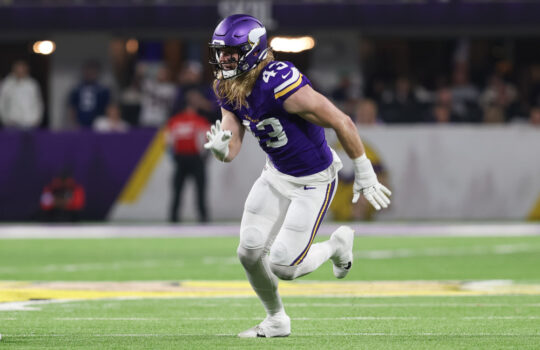



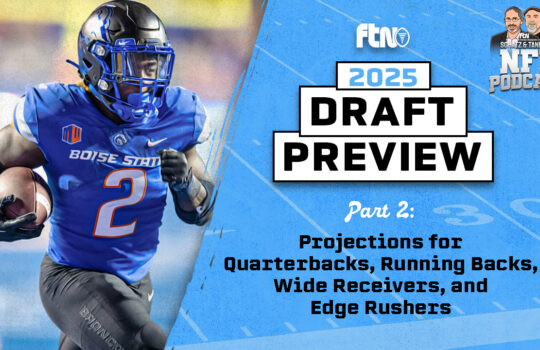

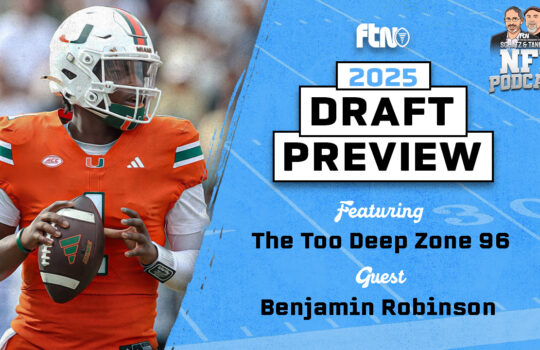





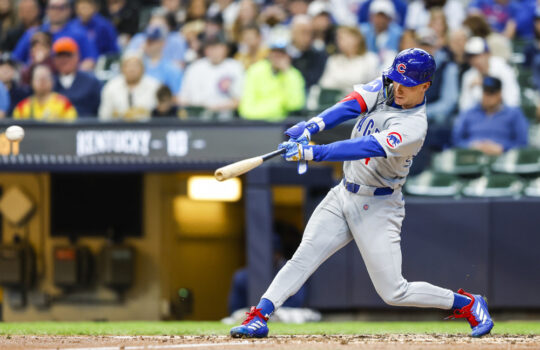

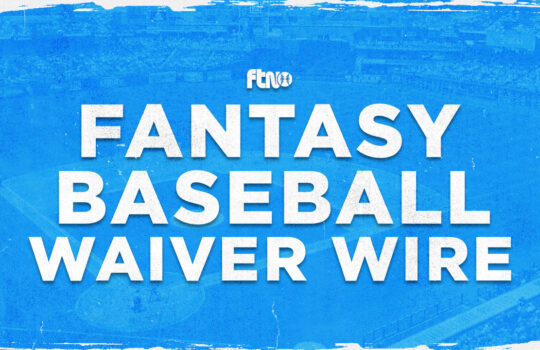

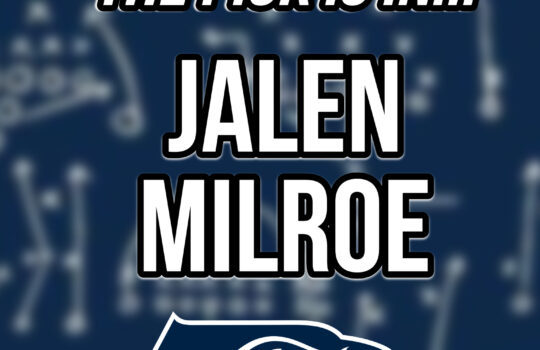

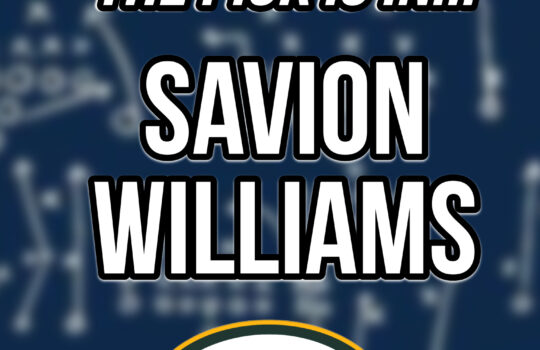
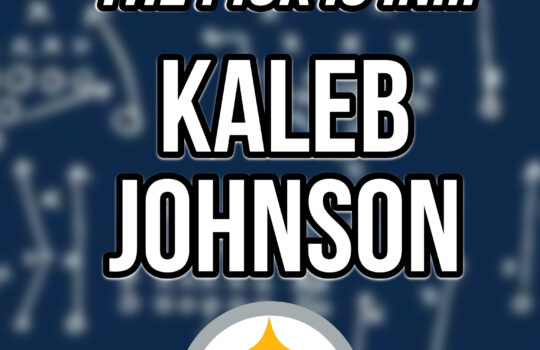

 New York Jets
New York Jets  New England Patriots
New England Patriots  Miami Dolphins
Miami Dolphins  Buffalo Bills
Buffalo Bills  Pittsburgh Steelers
Pittsburgh Steelers  Cleveland Browns
Cleveland Browns  Cincinnati Bengals
Cincinnati Bengals  Baltimore Ravens
Baltimore Ravens  Tennessee Titans
Tennessee Titans  Jacksonville Jaguars
Jacksonville Jaguars  Indianapolis Colts
Indianapolis Colts  Houston Texans
Houston Texans  Las Vegas Raiders
Las Vegas Raiders  Los Angeles Chargers
Los Angeles Chargers  Kansas City Chiefs
Kansas City Chiefs  Denver Broncos
Denver Broncos  Washington Commanders
Washington Commanders  Philadelphia Eagles
Philadelphia Eagles  New York Giants
New York Giants  Dallas Cowboys
Dallas Cowboys  Minnesota Vikings
Minnesota Vikings  Green Bay Packers
Green Bay Packers  Detroit Lions
Detroit Lions  Chicago Bears
Chicago Bears  Tampa Bay Buccaneers
Tampa Bay Buccaneers  New Orleans Saints
New Orleans Saints  Carolina Panthers
Carolina Panthers  Atlanta Falcons
Atlanta Falcons  San Francisco 49ers
San Francisco 49ers  Seattle Seahawks
Seattle Seahawks  Los Angeles Rams
Los Angeles Rams  Arizona Cardinals
Arizona Cardinals 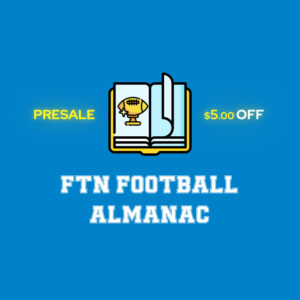
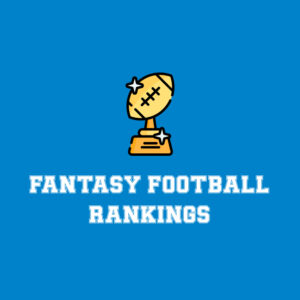
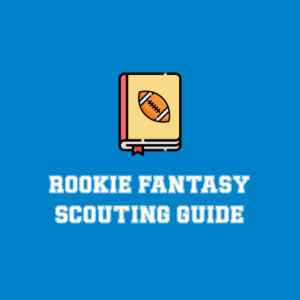
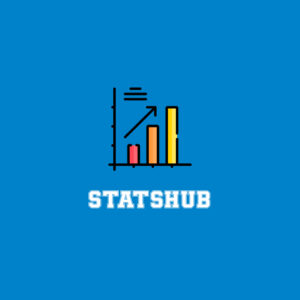





 Boston Celtics
Boston Celtics  Brooklyn Nets
Brooklyn Nets  Philadelphia 76ers
Philadelphia 76ers  New York Knicks
New York Knicks  Toronto Raptors
Toronto Raptors  Chicago Bulls
Chicago Bulls  Detroit Pistons
Detroit Pistons  Milwaukee Bucks
Milwaukee Bucks  Cleveland Cavaliers
Cleveland Cavaliers  Indiana Pacers
Indiana Pacers  Orlando Magic
Orlando Magic  Atlanta Hawks
Atlanta Hawks  Charlotte Hornets
Charlotte Hornets  Miami Heat
Miami Heat  Washington Wizards
Washington Wizards  Denver Nuggets
Denver Nuggets  Minnesota Timberwolves
Minnesota Timberwolves  Oklahoma City Thunder
Oklahoma City Thunder  Portland Trail Blazers
Portland Trail Blazers  Utah Jazz
Utah Jazz  LA Clippers
LA Clippers  Golden State Warriors
Golden State Warriors  Los Angeles Lakers
Los Angeles Lakers  Phoenix Suns
Phoenix Suns  Sacramento Kings
Sacramento Kings  Dallas Mavericks
Dallas Mavericks  Houston Rockets
Houston Rockets  Memphis Grizzlies
Memphis Grizzlies  New Orleans Pelicans
New Orleans Pelicans  San Antonio Spurs
San Antonio Spurs 
